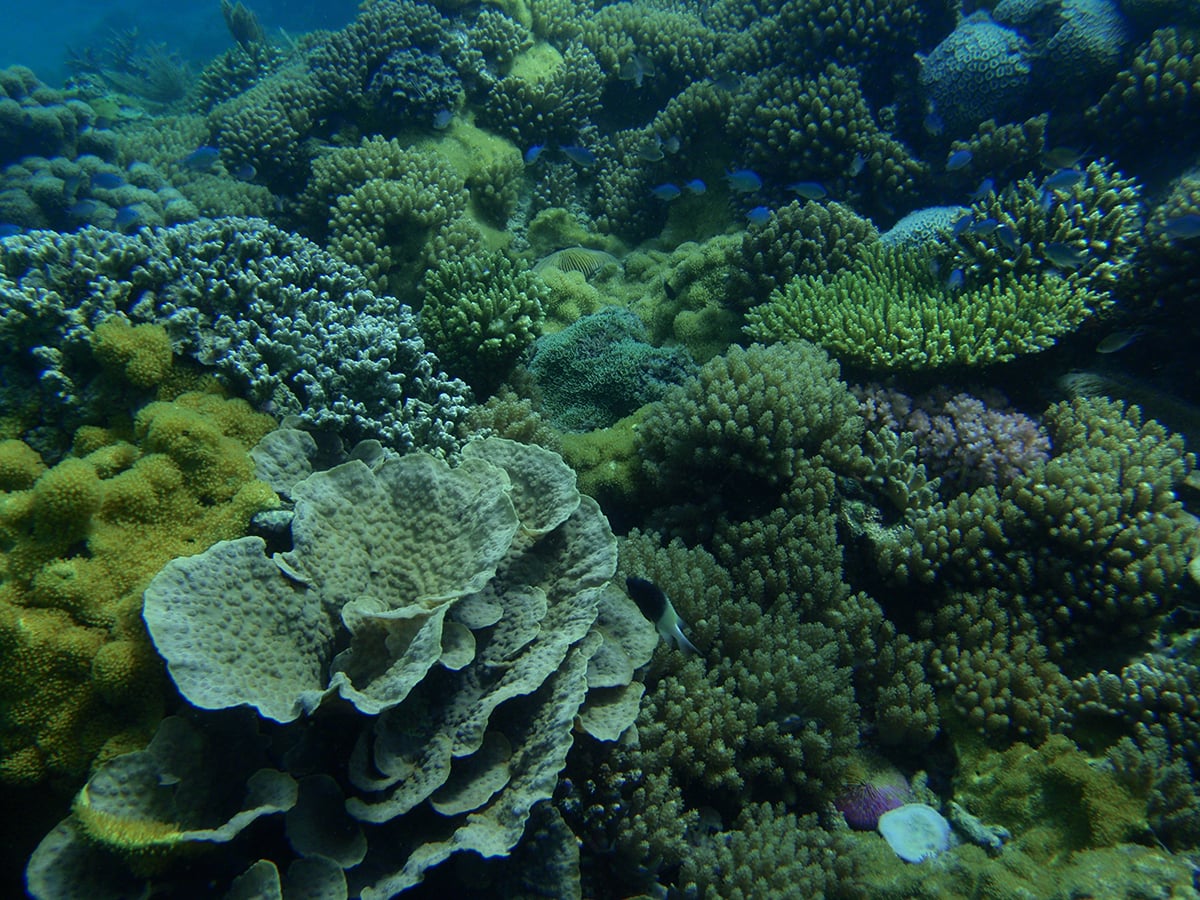Tanzania 2010
In 2009 I was working in a pet shop alongside my studies at the Uni and one of my duties was to be in charge of the buying in aquatics supplies. I was reading the brochures of one company when I saw their ad: ”Join our diving expedition in Zanzibar & Tanzania in 2010!”. As a 19-year old Africa-enthusiast I contacted the German company immediately and a few weeks later I was accepted to join their 3 –week expedition. The goal was to bring together pet shop workers and people interested on aquatics and do some research and also test the company’s products on real conditions.
I waited this trip more than anything. I bought my first pro camera, Canon 1D mk III and borrowed 100-400 mm lens for the trip. I also tried to get an underwater housing for the body, but it was to expensive. The new camera arrived one week before the trip and I had now idea how to use it.
There was a chance to attend an additional safari before the actual expedition which I of course took. I left from Finland alone and found out in Tanzania that the first week safari would be accompanied by only 3 other guests – german men. I have studied germany in school, but my skills were more than rusty. Basically our communication was them speaking german to me and me replying in english to them and most of the words were not understood.
In the evenings we sat next to a campfire, drank some beers and had a good time. Still don’t know what we were talking about but I remeber having fun, isn’t that most important?
My travel companions for the safari.
When the actual expedition started 40 other people joined our little group. Most of them were german, but there were also some spanish and other nationalities represented. It didn´t surprise me to be the only one from northern Europe.
During the couple of weeks we studied the fauna of lake Tanganyika and did diving in there. It was a typical African lake with no plants and mainly some cichlids. People into aquariums know lake Malawi and lake Tanganyika cichlids as colourful fish which cannot have any sensitive plants in their tanks as they will be eaten. The pH in lake Tanganyika is around 7,5-9,2 which also limites the other fish in the same tank alongside the vegetation. These species were first introduced to the aquarium world around 1950-1960 and have maintained their popularity quite well.
I also did my PADI Advanced open water diver during this trip and went down to 32 meters in Tanganyika. I remember that it was effecting so heavily to my brains that I had difficulties to spell my own name backwards as it was one of the tests when underwater.
During the expedition we also went searching for scorpions and other terratium animals. We researched the conditions these animals were living in nature, so that we would have better knowledge on the animals held in captivity.
We also studied some rivers and actually found a fish species that no-one of the specialists recognized.
One of our missions was also to study chameleons and snakes. With our local guide we did found many.
In the end of our trip we flied to Zanzibar where we did dives and studied the marine species. I also did my first night dive which was quite scary I must say as I got lost of the other group underwater.
When the expedition was over and I had my 40-hours travel back home to Finland I realized that I wasn´t done with Africa. I had only scratched the surface and I needed to see more and fast! After this trip I went back to Africa the following year to see Gambia and Senegal and then over a year after to do a longer overlanding tour for 2 months.



















































